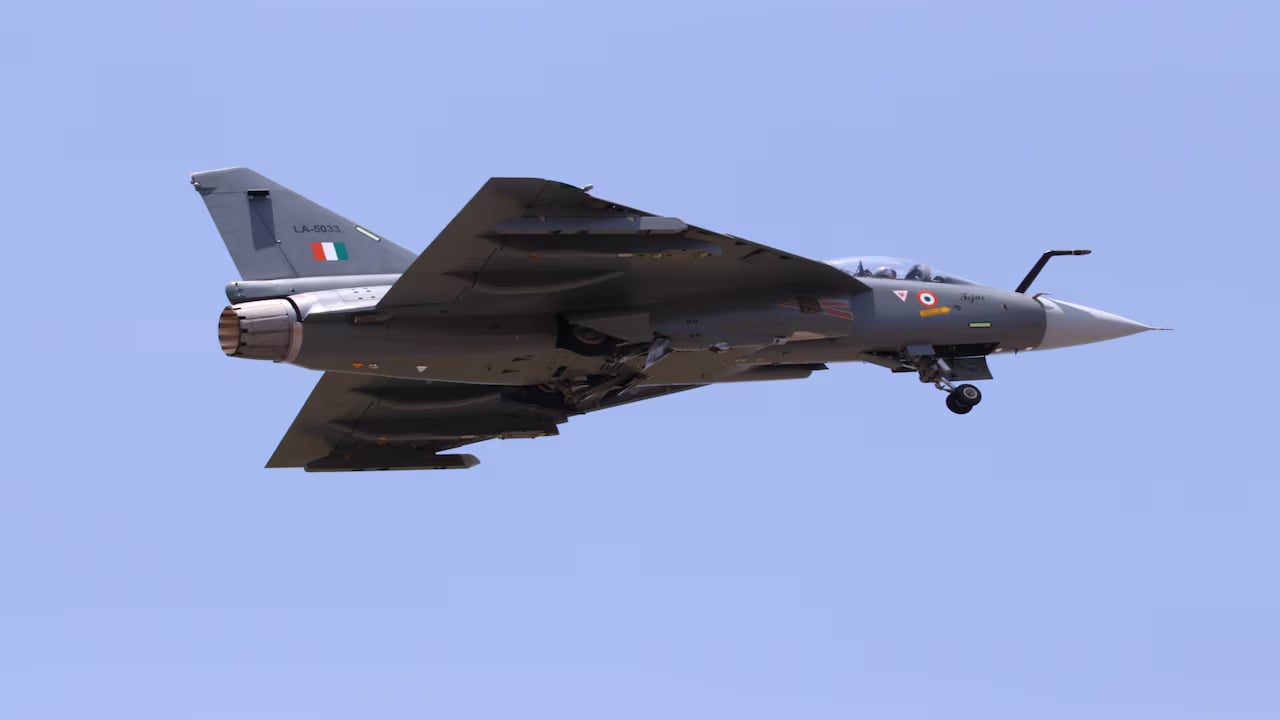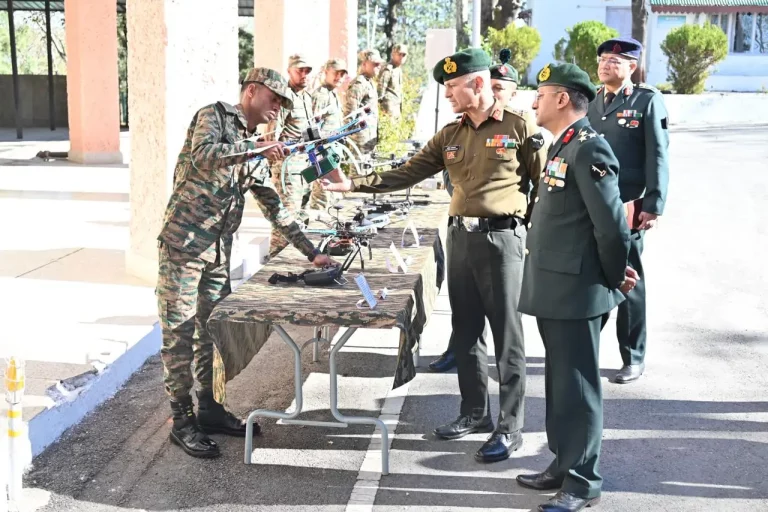In a significant move aimed at enhancing national security amid increasing challenges, India is exploring a strategic partnership with France-based Safran for the development of jet engines for its next-generation Tejas Mk-2 fighter jets. This initiative, emerging from the context of Operation Sindoor, signals a shift in India’s defense strategy intended to tackle persistent engine supply delays and promote self-reliance in combat aviation.
Currently, the Tejas Mk-1 jets are powered by engines from US-based GE Aerospace. However, delays in the delivery of the F404-IN20 engines have adversely affected Hindustan Aeronautics Limited (HAL) and slowed the Indian Air Force’s (IAF) efforts to enhance operational readiness. With the IAF operating only 31 fighter squadrons, considerably below its sanctioned strength of 42, the urgency to secure reliable engine partners has intensified.
Defence officials have indicated that India is shifting its focus towards alternatives to reduce reliance on a single supplier. Concerns regarding long-term technology transfer commitments and the reliability of the supply chain have further motivated the search for partnerships that ensure consistent delivery timelines while also fostering domestic capacity building.
Notably, GE has delivered only one of the 99 F404 engines contracted under a deal signed in 2021, along with an earlier provision of 65 units. Additionally, the more advanced F414 engines, intended for the Tejas Mk-2 and the forthcoming fifth-generation Advanced Medium Combat Aircraft (AMCA), have also encountered delays. As a result, the Indian government is reevaluating its strategic collaborations, positioning Safran as a strong contender for this pivotal role.
The Tejas Mk-2, classified as a 4.5-generation fighter aircraft and weighing around 17.5 tonnes, is intended to replace older platforms, including the Mirage-2000, MiG-29, and Jaguar. With enhancements in range, payload, and versatility, the aircraft represents a vital component of the IAF’s future capabilities, making timely engine development crucial to meet operational demands.
Discussions with Safran are perceived as more than a mere response to delays from GE. They embody a broader strategic objective: acquiring the technical expertise necessary to develop and produce jet engines within India. This ambition aligns with the country’s Aatmanirbhar Bharat initiative, which seeks to decrease dependence on imported defense technology while bolstering local industry.
Should the partnership with Safran be finalized, it could serve as a transformative moment for India’s aviation sector. By diversifying its technology base and mitigating the risk of supply disruptions, India would advance closer to achieving self-sufficiency in advanced defense manufacturing, reinforcing its position in the global defense landscape.















